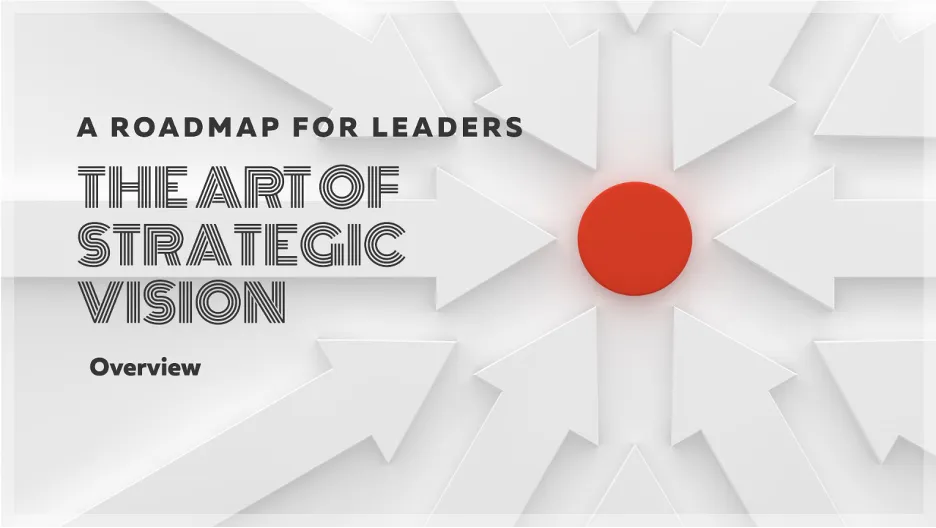Insights for Growth

Step 3: Translating Vision into Actionable Strategies
Operations Executive | Driving Transformational Change & Operational Excellence | Telecom Expert
September 19, 2024
Once a strategic vision is clearly defined, the next challenge is translating that vision into actionable strategies. This step bridges the gap between high-level aspirations and day-to-day execution, ensuring that the organization can move toward its long-term goals in a structured and measurable way.
1. Develop Strategic Objectives
Strategic objectives are the building blocks that guide the organization toward its vision. These objectives should be specific, measurable, achievable, relevant, and time-bound (SMART), providing clear direction on how to reach the larger goal.
Break Down the Vision: Start by breaking down the strategic vision into key objectives. For example, if the vision is to become a leader in customer satisfaction, an objective could be to improve customer service response times by 20% over the next year.
Use Data to Set Measurable Goals: Data-driven decision-making ensures that objectives are realistic and achievable. By using historical performance data and industry benchmarks, organizations can set objectives that are ambitious yet grounded in reality. For instance, if the average customer satisfaction score is currently 80%, setting a goal of reaching 90% in one year could be a measurable, data-driven objective.
2. Create an Action Plan
An action plan outlines the specific steps required to achieve each strategic objective. This includes identifying resources, assigning responsibilities, and setting timelines.
Detail Responsibilities: For each objective, it’s important to clearly define who is responsible for executing the required tasks. This creates accountability and ensures that everyone knows their role in achieving the broader goals.
Set Timelines for Completion: Establish deadlines and milestones to keep the organization on track. For example, a goal to improve operational efficiency by 15% might have quarterly milestones that measure incremental progress. Regularly assessing progress helps identify potential delays and allows for course corrections.
3. Regular Monitoring and Adjustment
Strategies need to be dynamic. As the organization works toward its objectives, regular monitoring allows leaders to assess progress and make necessary adjustments based on changing circumstances or unexpected challenges.
Conduct Regular Reviews: Establish a routine for reviewing the progress of strategic objectives. This could involve monthly or quarterly strategy review meetings, where leaders assess performance metrics and make adjustments as needed.
Translating a vision into actionable strategies is the bridge between aspiration and reality. By developing clear, measurable objectives and creating a detailed action plan, organizations can move from strategic planning to practical implementation. Regular monitoring and adjustments ensure that the strategy remains flexible and responsive to changing circumstances. The key to success lies in creating a roadmap that not only outlines what needs to be done but also provides clear responsibilities and timelines. This structured approach ensures that every team and department is aligned and accountable for driving the organization toward its long-term goals.
TESTIMONIALS
What others are saying

"Loved everything so far"
"Through Tim’s coaching, I transformed my business from chaos from operational challenges to streamlined and scaling new markets."
- John, Business Owner


"My life changed forever"
"I was about to give up! I was tired of failing but Tim wouldn't let me quit. I grew my business operations and regained control of my life!"
- Tina, Business Consultant


"Gained visibility and confidence"
"Tim’s guidance helped me break through internal barriers, gaining the confidence and visibility I needed to secure my promotion to VP."
- Sarah, Executive Leader

Take the First Step Toward Transformation—Schedule Your Free Strategy Session Now.






Better business, higher revenue, more conversions.
Quick Links
Home
About
Services
Press
Book a Consultation
Legal
Privacy Policy
Terms & Conditions
Connect
© {{location.name}} {{right_now.year}}
All Rights Reserved

